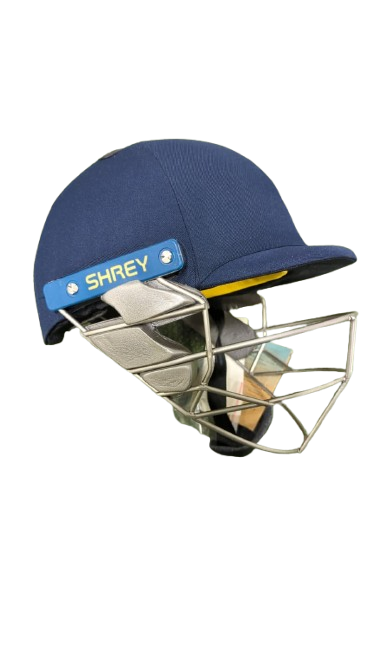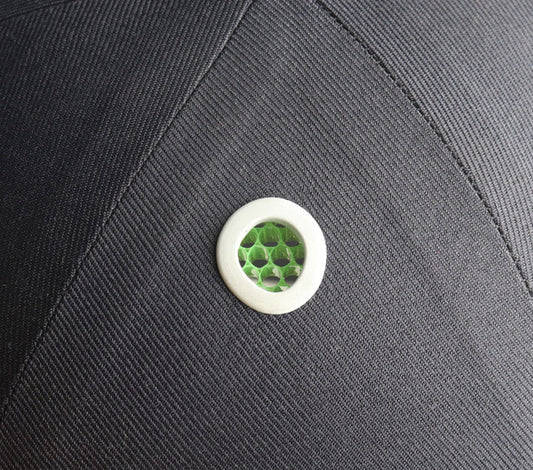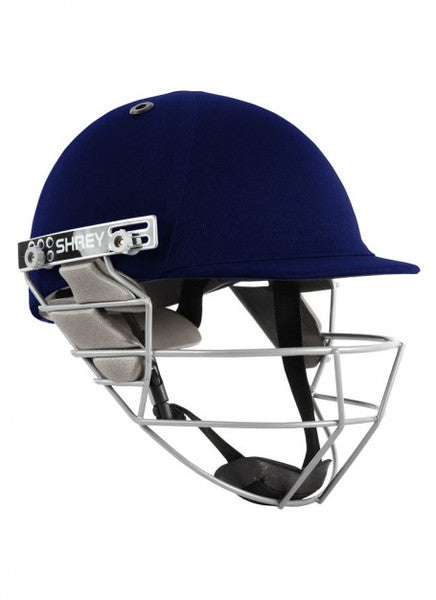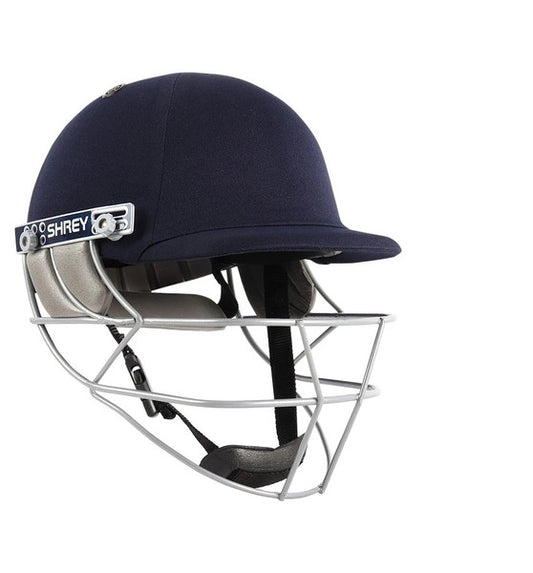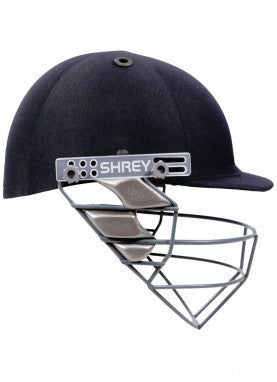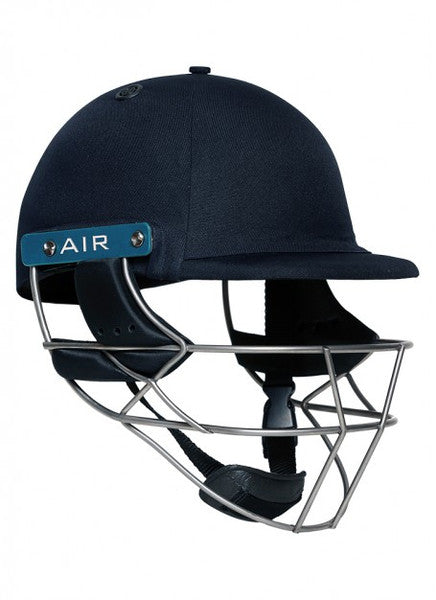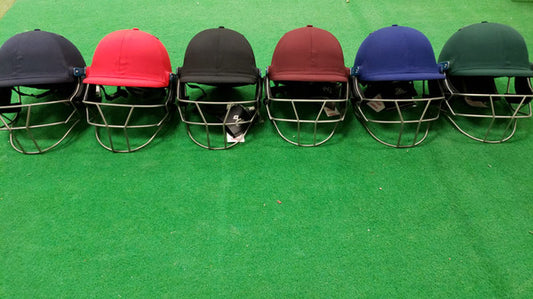Youth Cricket Helmets - Ultimate Head Protection for Young Players
Introduction
As a parent, there's no piece of cricket equipment more important than your child's helmet. While cricket is a wonderful sport that builds character and skills, we understand that your primary concern is keeping your young cricketer safe from head and facial injuries.
Modern youth cricket helmets have come a long way from basic protection of the past. Today's helmets are specifically engineered for growing heads, providing professional-grade protection while being comfortable enough for young players to wear throughout long training sessions and matches.
Our youth cricket helmets collection features only internationally certified head protection that meets the strictest safety standards. We've carefully selected helmets that balance maximum protection with comfort, visibility, and proper fit – because a helmet only protects your child if they're willing to wear it properly.
Key Features to Consider
Choosing the right helmet for your child involves understanding several critical safety and comfort factors:
Safety Certifications
Always look for helmets that meet British Standards (BS 7928:2013) and ICC safety regulations. These certifications ensure the helmet has passed rigorous impact testing and provides reliable protection against cricket-specific impacts.
Shell Construction
- ABS Plastic: Excellent choice for most young players – lightweight, durable, and cost-effective while meeting all safety standards
- Carbon Fiber: Premium option offering superior impact protection with minimal weight
- Fiberglass: Good balance of protection and durability for regular competitive play
Face Protection Options
- Steel Grilles: Proven protection, durable, and cost-effective for most youth applications
- Titanium Grilles: Premium option that's significantly lighter while providing superior strength
- Polycarbonate Visors: Clear protection offering unobstructed vision (newer technology)
Comfort and Fit Systems
- Adjustable Padding: Allows customization for your child's head shape and accommodates growth
- Removable Linings: Essential for hygiene – can be washed separately
- Ventilation Channels: Prevents overheating during long innings
- Neck Guard: Essential protection for the back of the neck (now mandatory in most organized cricket)
Essential Helmet Types
All-Purpose Youth Cricket Helmet - Perfect Starting Choice
Ideal for most young cricketers, these helmets provide comprehensive protection suitable for batting, wicket-keeping, and close fielding.
Key Features:
- ABS shell construction for reliable protection
- Steel grille providing proven face protection
- Adjustable comfort padding system
- Integrated neck guard for complete protection
- Excellent ventilation for extended wear
- Available in multiple sizes for growing players
Perfect for: Most youth cricket applications, school and club cricket, players new to helmet wearing.
Premium Lightweight Helmet - Advanced Performance
For serious young cricketers who want the best protection with minimal weight, using advanced materials for superior protection.
Key Features:
- Carbon fiber or advanced composite shell
- Titanium grille for lightweight face protection
- Professional-grade padding and ventilation
- Enhanced adjustment systems for perfect fit
- Superior impact distribution technology
Perfect for: Competitive youth cricket, academy players, serious young cricketers who play regularly.
Wicket-Keeper Specialist Helmet - Enhanced Visibility
Designed specifically for young wicket-keepers who need maximum protection with optimized peripheral vision for their specialized role.
Key Features:
- Enhanced side and rear protection
- Optimized grille design for improved vision
- Lightweight construction for extended wear
- Superior ventilation for active keeping
- Reinforced impact zones for deflection protection
Perfect for: Dedicated wicket-keepers, players in close fielding positions, competitive youth cricket.
Choosing the Right Helmet for Your Child
Selecting the proper helmet involves several important considerations specific to your child's needs:
Age-Based Sizing Guide
| Age Range | Head Circumference | Helmet Size | Key Considerations |
|---|---|---|---|
| 8-11 years | 51-54cm | Junior/Small | First helmet, comfort priority |
| 12-14 years | 54-57cm | Youth/Medium | Increased protection needs |
| 15+ years | 55-59cm | Large/Adult Small | Transition to adult specifications |
Proper Fitting Guidelines
- Measure Correctly: Use a flexible measuring tape around the widest part of the head, about 2.5cm above the eyebrows
- Test the Fit: The helmet should feel snug but not tight, with no pressure points
- Check Stability: It shouldn't move when your child shakes their head gently
- Ensure Comfort: Your child should be able to wear it for extended periods without discomfort
When Different Protection Levels Are Needed
- Recreational Cricket: Standard youth helmet with steel grille adequate
- Club/School Cricket: Quality helmet with good ventilation and comfort features
- Competitive Cricket: Consider premium materials and advanced features
- Academy Level: Professional-grade helmets with superior comfort and protection
Growth Planning: A quality youth helmet should last 2-3 seasons with proper care, assuming no significant impacts. Plan to reassess fit every 6 months as children grow quickly.
Safety and Maintenance
Proper helmet care ensures continued protection and extends the life of this critical safety equipment:
Daily Care After Use
- Allow helmet to air dry completely before storing
- Wipe down shell with a damp cloth to remove sweat and dirt
- Check for any visible damage or loose components
- Ensure grille bars are straight and secure
Weekly Deep Cleaning
- Remove washable padding and liner components
- Wash removable parts in lukewarm water with mild soap
- Clean shell with damp cloth and mild detergent
- Allow all components to dry completely before reassembly
Critical Safety Checks
- After Any Impact: Have helmet professionally inspected, even if no visible damage
- Replace Immediately If: Any cracks in shell, bent grille bars, loose attachments, or compromised padding
- Growth Assessment: Regularly check fit as your child grows
Parent Q&A
How do I know if a cricket helmet fits my child properly? A properly fitted helmet should feel snug but comfortable, with no pressure points or gaps. It shouldn't move when they shake their head gently, but shouldn't be so tight that it causes discomfort. Measure your child's head circumference and match it to the manufacturer's size chart.
Is it worth investing in an expensive helmet? All helmets meeting British Standards (BS 7928:2013) provide adequate protection. However, premium helmets often offer better comfort, lighter weight, superior ventilation, and more durable materials. Since your child needs to wear the helmet for extended periods, comfort features make a significant difference.
When should I replace my child's cricket helmet? Replace immediately after any significant impact, even if there's no visible damage. Also replace if your child outgrows it, if there are any cracks or damage, or if padding becomes compressed. Generally, with normal use, a quality helmet should last 2-3 seasons.
My child complains the helmet is uncomfortable and doesn't want to wear it. What should I do? Comfort issues usually indicate a fit problem. Try adjusting the padding and straps, or consider a different brand that might suit your child's head shape better. Never compromise on safety by allowing them to play without a helmet where one is required.
What safety certifications should I look for? Look for helmets that meet British Standards BS 7928:2013, which is the current safety standard for cricket helmets. Some helmets may also display ICC approval. Avoid helmets without proper certification, regardless of price.
Get Protected Today
For the past two decades Cricket Store Online has been serving cricketers in North America and all over the world. Our experts know exactly how to serve you. We are the certified distribution partners of major cricket brands and only sell original products.
If you want to buy the best cricket helmet for your kids, give us the opportunity to guide you!
You can call our experts from CricketStoreOnline or visit our expert blog on cricket to get more insights on cricket equipment!









